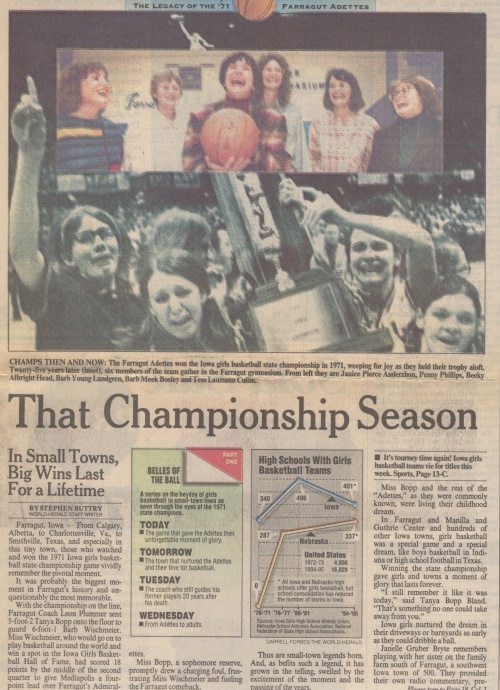Update: The Reporter-Herald in Loveland, Colo., wins the fall engagement contest with its Vietnam veterans project (which I’ve moved to the top of the listing below).
The Reporter-Herald took second in our Valentine’s Day engagement project, but will win a bigger box of candy this year. Second-place in fall engagement goes to the Berkshire Eagle for its scary photo both (moved to second in the listing below).
The Reporter-Herald won 105 votes (41 percent), well ahead of the Eagle at 88 votes and 34 percent. The Daily Freeman and Marin Independent Journal tied for third place with 21 votes each.
Congratulations to Jessica Benes and her colleagues. The candy will go out today.
Halloween is a good day to launch voting for the best fall engagement project at Digital First Media.
Early in October, I sought nominations. Now it’s your turn to vote for the best. Please read all the nominations, then come back up to vote.
Some of them have been edited slightly, mostly because they referred to events that were upcoming but have now passed. I have asked the nominators for updates where appropriate. I have included the updates I received, and will add others if I receive them. (And, if I’ve missed an entry, please let me know right away!)
I should make one point clear before you vote: The entries didn’t have to be specifically fall-themed (Halloween, leaves, elections, football, etc.). If you engaged your community this fall, your project is eligible. So go ahead and vote (and encourage your colleagues and community to vote). I will close the voting Monday night and announce the winner on Tuesday. I’ll send a Priority Mail box stuffed with Halloween candy to the winning newsroom.
The nominees are posted below, first those submitted in the comments on my first blog post, in the order I received them, then those submitted through a DFM Google group, then one submitted by email:
Reporter-Herald
Jessica Benes’ nomination:
The Associated Veteran’s Club in Loveland is honoring Vietnam Vets this Veteran’s Day, welcoming them home since the Vietnam War was not a pleasant war to be part of. I am writing a weekly series on Vietnam vets, highlighting a few local ones, and inviting the community to call a Google Voice number and leave messages of thanks to Vietnam vets. Those calls will be posted online with photos and transcribed in the paper for a Veteran’s Day story.
This will be our Sunday package on Nov. 10. So the big story will be Nov. 10 rather than Nov. 11. Here are some links following. In addition, I’ve been adding a Storify slideshow of Tout videos and quotes to each story, adding to the Storify as I complete another vet story.





